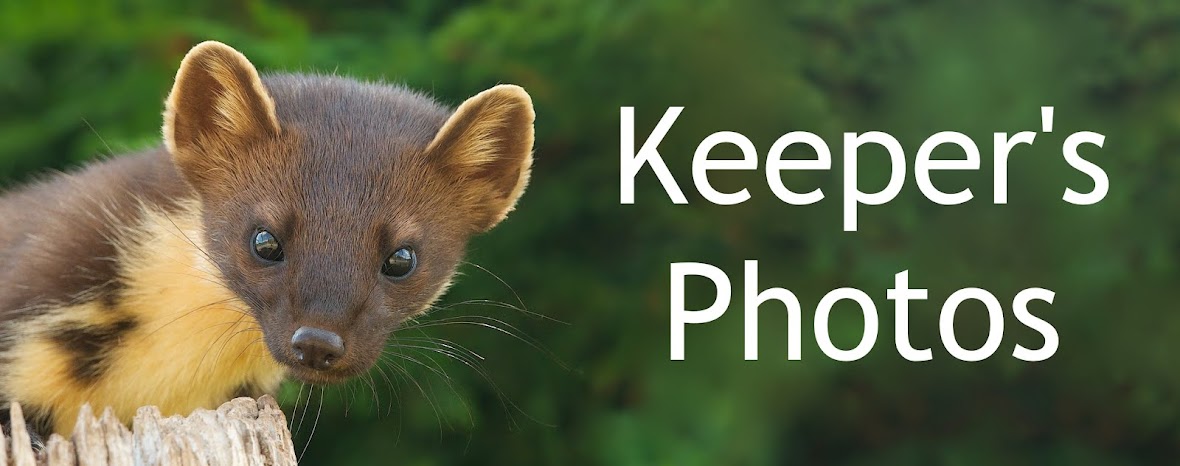 |
| Otter on Ice - Highly Commended, BWPA 2012 |
I have a few different lenses for my camera, of which my 70-200 is by far my favourite. If I could only keep one lens, that would be the one, and is on my camera by default. However I do have a soft spot for my fish-eye lens.
The fish-eye lens seems to have a mixed reaction. Some like it, some don't and some really don't. Personally I love it!
When I first heard about the fish-eye lens, I asked a few people what it was and had the same reaction... Quirky little lens, no good for wildlife... after that I wanted to prove them wrong, and did with the photo above..
The photo of this otter, Lilly, is still my highest awarded photo being Highly Commended in the Animal Portrait category in the BWPA back in 2012.
 |
| BWPA 2012 Gallery - Taken by Izzy Coomber |
Of course I had to have the obligatory cheesy photo taken with it in the Mall Gallery in London... I know what you're thinking, good to see he smartened himself up for the award ceremony!..
It was great to see my photo displayed alongside so manny other truly amazing photographs of British wildlife, and alongside other great amateur and professional photographers.
 |
| Badger through Fish-Eye |
The fish-eye lens is a bit hit and miss. By this I means it doesn't always work... due to it's uniqueness, it is quite a niche area of photography, and of all my lenses I use it is the one I have the lowest success rate with. But then when it does work, I think it really works well to create something a little unusual, quirky and different.
 |
| HEDWIG!!! |
Perhaps the most fun can be had with quirky portraits. You can see above with the badger and snowy owl, it really distorts the proportions. The closer you get with the lens, the more distorted the photo is, and you can get within an inch with it still focusing.
 |
| British Fraggle Centre - 2014 |
The keeping team of 2014.
 |
| Harvest Mouse |
The photo above is not the best, but it shows how the lens works. You can see with the sky how it really distorts and bends the picture at the extremities.
 |
| Fallow Deer |
It is all about how you tilt the lens. Tilting it down slightly will give you the effect of a upwards curve on the horizon, as it the animals for example is on top of the world. You can see this slight effect above, and more extreme on the otter at the top of this post.
 |
| Bungalow Foundation Digging |
Keeping the camera level gives you a level horizon... it will still bend the extremities, you may be able to see this in the trees on the right and the chalk line at the bottom of this photo, but it is less obvious in the sky where there is nothing to show the curve.
Incidentally, this photo is of the foundations being dug for my bungalow. I was standing only a couple of feet away from the chalk line, so you can see how wide the lens really is, almost taking in 180 degrees!
 |
| Deer Paddock in Autumn |
Tilting the lens the other way, upwards, you get this downwards curve of the horizon...
 |
| Deer Paddock |
... and of course the more you tilt, the greater the effect as above. All this means I get some funny looks while taking photos with this lens, as most often it looks like I am pointing the camera in completely the wrong direction!
 |
| Fallow Grazing |
When ever I do a shoot, I always try to get the fish-eye lens out for a bit unless it is obvious that it really won't work. The one above and below are ones from the fallow deer shoot I did a month or so back now for David.
 |
| Fallow Deer |
The first a true quirky portrait, and the one above a much more subtle use.
 |
| Harvest Mouse |
And my most recent fish-eye portrait that I am fairly happy with. A harvest mouse on a sprig of corn. Looking at the harvest mouse photos, I have an idea for a great fish-eye portrait, but it will take a bit of setting up. If I get it, I will post it.
Thanks for looking.

No comments:
Post a Comment